i. The first wet coat of NCIF will bond, restore and enhance the underlying oxidized basecoat color.
ii. NCIF wet coats 2 and 3 will serve to “Fill & Fortify” the oxidized paint and build a film thickness to the desired
level to meet the optimum designed level of 2.0 mil DFT.
iii. We highly recommend using a WFT gauge (Standard ISO2008-7B, ASTM D4414) to accurately ensure that
the recommended coating film build is achieved.
iv. In the absence of a WFT gauge, overall gloss level can be determined visually after 5 minutes as follows:
High Gloss = Good Film Build
Low Gloss = Low Film Build
(The application of additional coats is recommended to meet NCIF’s optimum DFT level.)
NCIF Over Fresh Base Coat
i. NOTE: Refer to Section 5.2 to determine the “cure” level of the base coat, and take appropriate steps where
required before the application of NCIF.
ii. The first wet coat of NCIF will bond and fill the still open pores of the basecoat.
iii. NCIF wet coats 2 and 3 will serve to “Fill & Fortify” the oxidized base coat and build a film thickness to the
desired level to meet the optimum designed level of 2.0 mil / 50μm DFT.
iv. We highly recommend using a WFT gauge (Standard ISO2008-7B, ASTM D4414) to accurately ensure that
the recommended coating film build is achieved.
v. In the absence of a WFT gauge, the optimum gloss level can be determined visually after 5 minutes as follows:
High Gloss = Good Film Build
Low Gloss = Low Film Build
(The application of an additional coat is recommended.)
Third party testing under ASTM, SAE, SASO, ISO, JIS, GM standards for coating specifications has proven that the optimum DFT for NCIF is 2.0 mil. These are recognized test standards which cover physical properties such as physical abuse, environmental and chemical resistance, as well as test standards for adhesion, flexibility, cleaning and crosslink density (DTM). NCIF has met and exceeded the results in 42 test standards used for industrial coatings, and has been tested at a crosslink density that remains unchallenged. NCIF has also gained notoriety by meeting and
exceeding 3 additional test standards under military (MIL) specifications for protective coatings. All tests and results were based on a DFT for NCIF at 2.0 mil / 50μm.

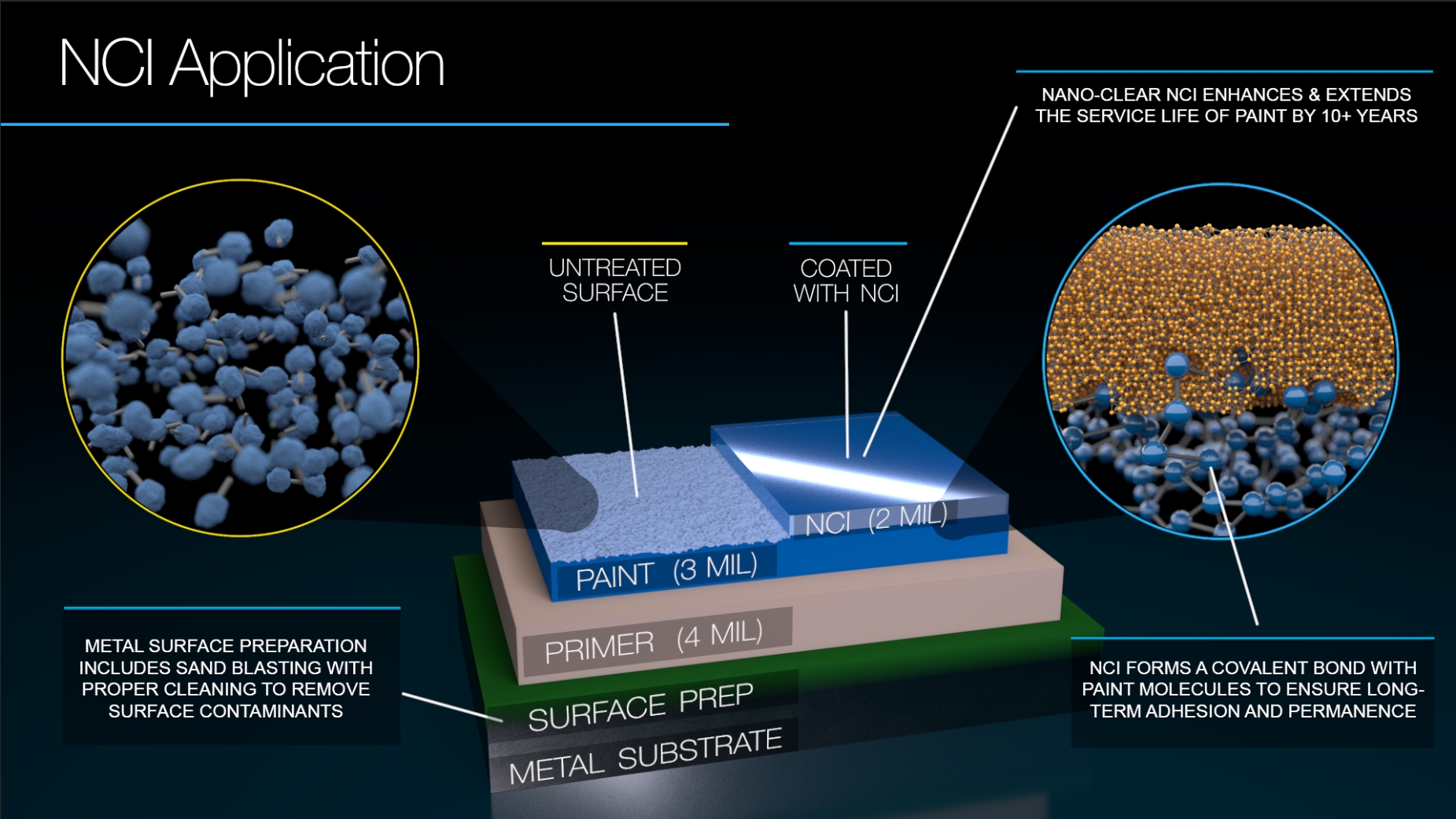
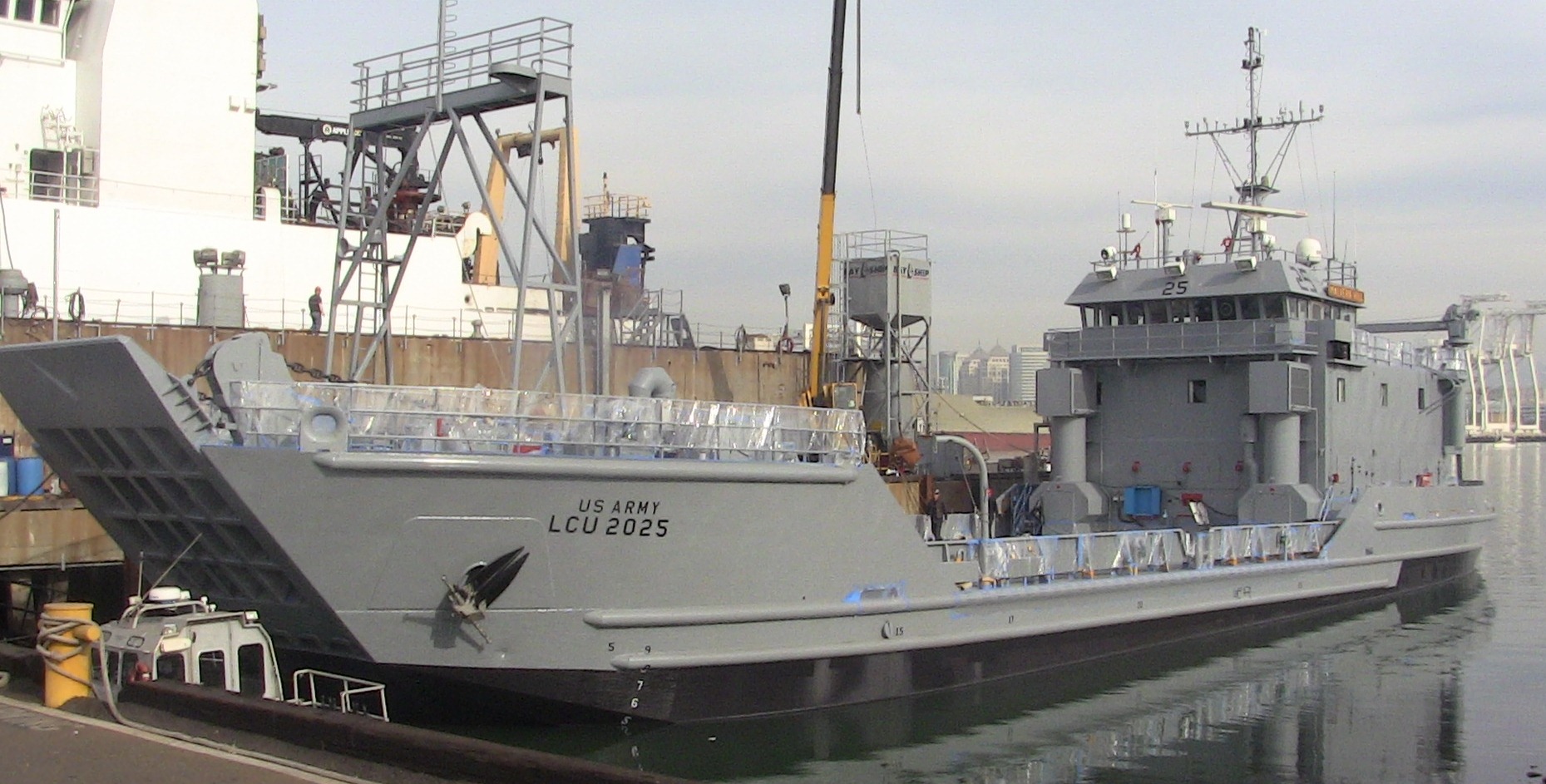

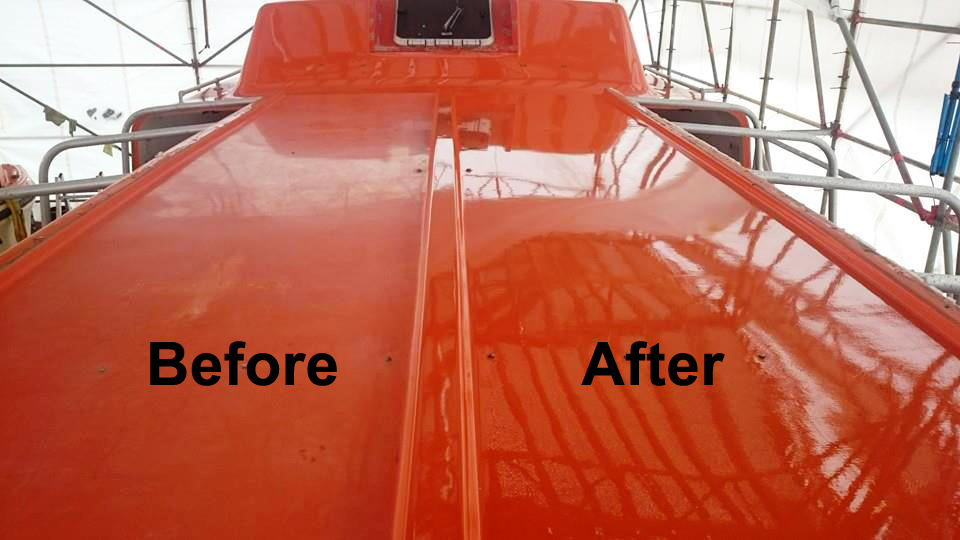
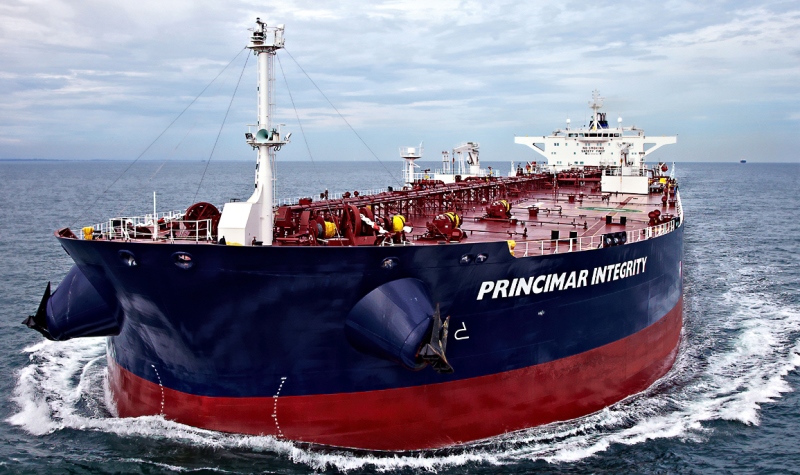



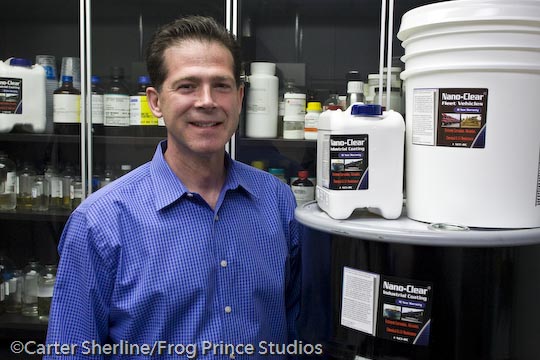
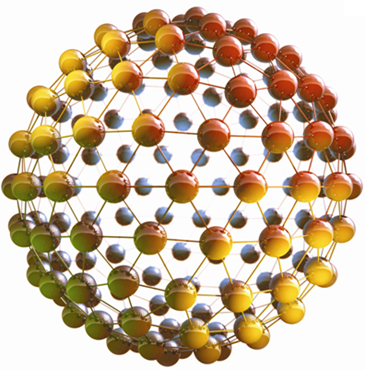
.jpg)
.jpg)
.jpg)